With qualification for Euro 2016 well within the grasp of the Irish team, some have begun to speculate what impact this might have on the Irish economy next summer. The general view is often that qualification for major tournaments has a positive impact on incomes in the qualifying country. The reality is somewhat different however, and is difficult to fully understand.
If the Boys in Green reach the Euro 2016 Finals in France next summer, the next nine months will feel quite different in this country. Once the finals approach people will start to consume their income in a particular way, which may be different to what they would have done if Ireland were not appearing at the competition.
One of the most obvious sectors to benefit from qualification is the hospitably sector. One need only witness what happened around Ireland last week, following victory over Germany, to see this. During the finals, the average fan will probably spend more on hospitality, than is normal for the summer months. Does this mean the economy is growing in size? Maybe not. Fans could simply be substituting from one product to another. If people socialise more during the finals next year, they are giving up something else. There is no net gain. There are of course winners and losers, but the economy is no bigger.
In fact, the Finals themselves are an Irish import. The fans that travel to France should we qualify, could spend between two and four weeks on French soil. Their incomes will be spent in France and therefore count as an import. The longer the Irish stay in the competition, the greater this figure will become.
That said, one might find that qualification does get people to spend faster than they normally would in the domestic economy. It’s very difficult to pinpoint, but money may flow around the economy quicker, which would invariable cause the pie to grow. This could be driven by psychological factors including what we call animal spirits.
Undoubtedly there are positive externalities from qualifying. One is rising levels of happiness, which research has found exists long after an event is over. This again could impact positively on the velocity of money. Beware however. This is based on performance, and as we know from the summer of 2012, happiness evaporated quite fast following Ireland’s first match.
Researchers have also discovered other positive externalities. One of the more interesting is a reduction in crime. During important matches at the 2014 World Cup, crime rates in Montevideo, Uruguay, fell by 15 percent. It is likely similar effects would be found in other countries. This may not be true of the hosting country however. An investigation into crime rates in Barcelona on match days at the Camp Nou found that crime in the city as a whole actually increased, and was more prevalent closer to the stadium. The increased police presence on match days was obviously not enough to deter would-be criminals, whose chance of capture are significantly reduced with such large crowds. There are potential negative externalities, often associated with poorly performing teams, such as increased public disorder and domestic violence.
Whether or not the economy grows is therefore open to debate. What isn’t is the joy that the likes of Houghton, O’Leary, Keane and now Long, have brought to the nation. These events can’t be measured in economic output. They don’t have a monetary value. They are priceless.
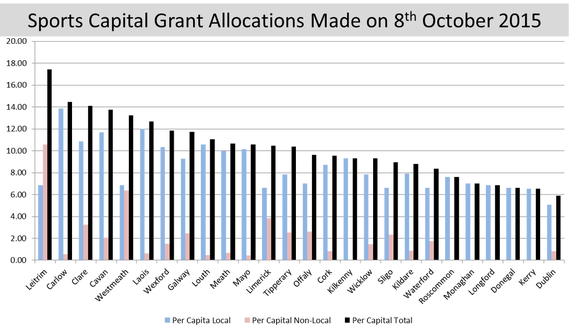
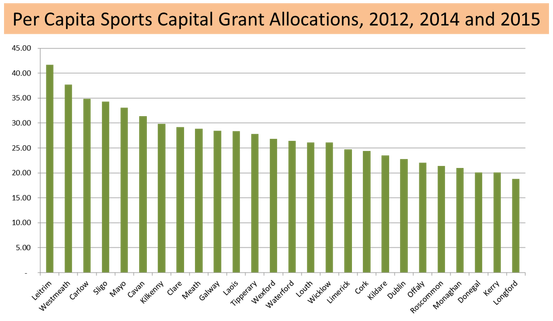
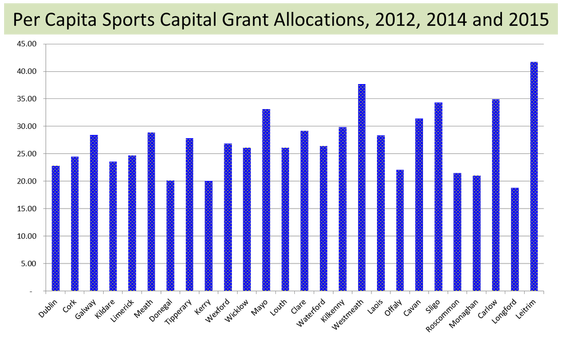

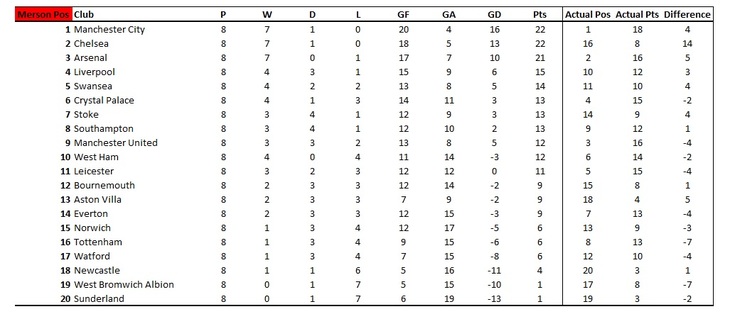
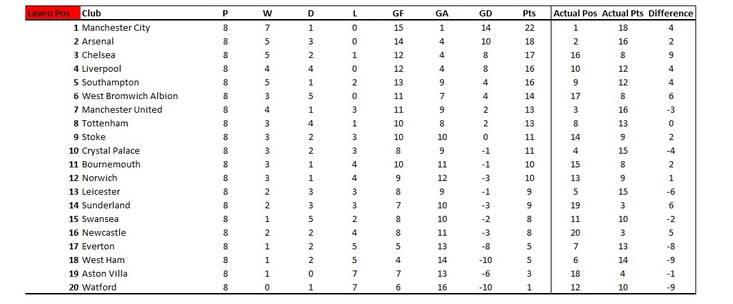
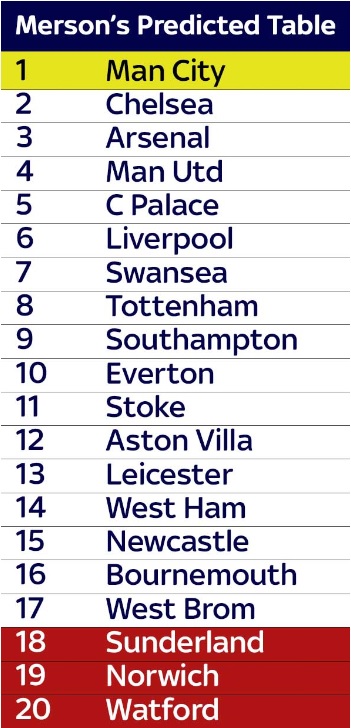
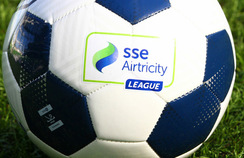

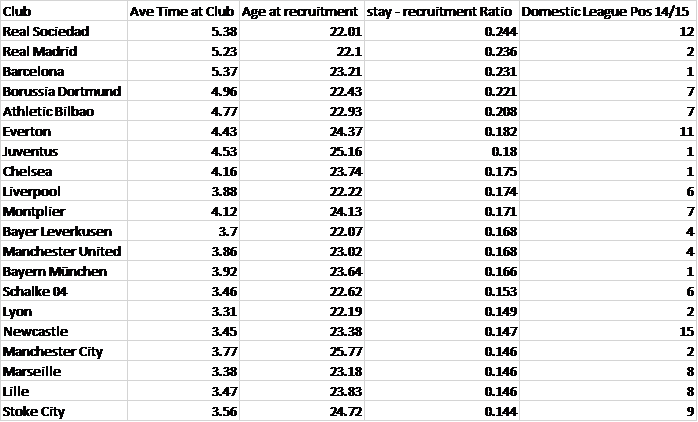
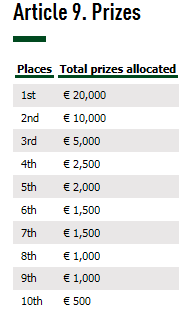
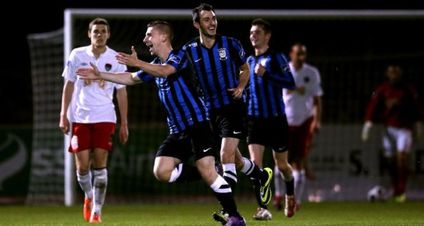
 RSS Feed
RSS Feed